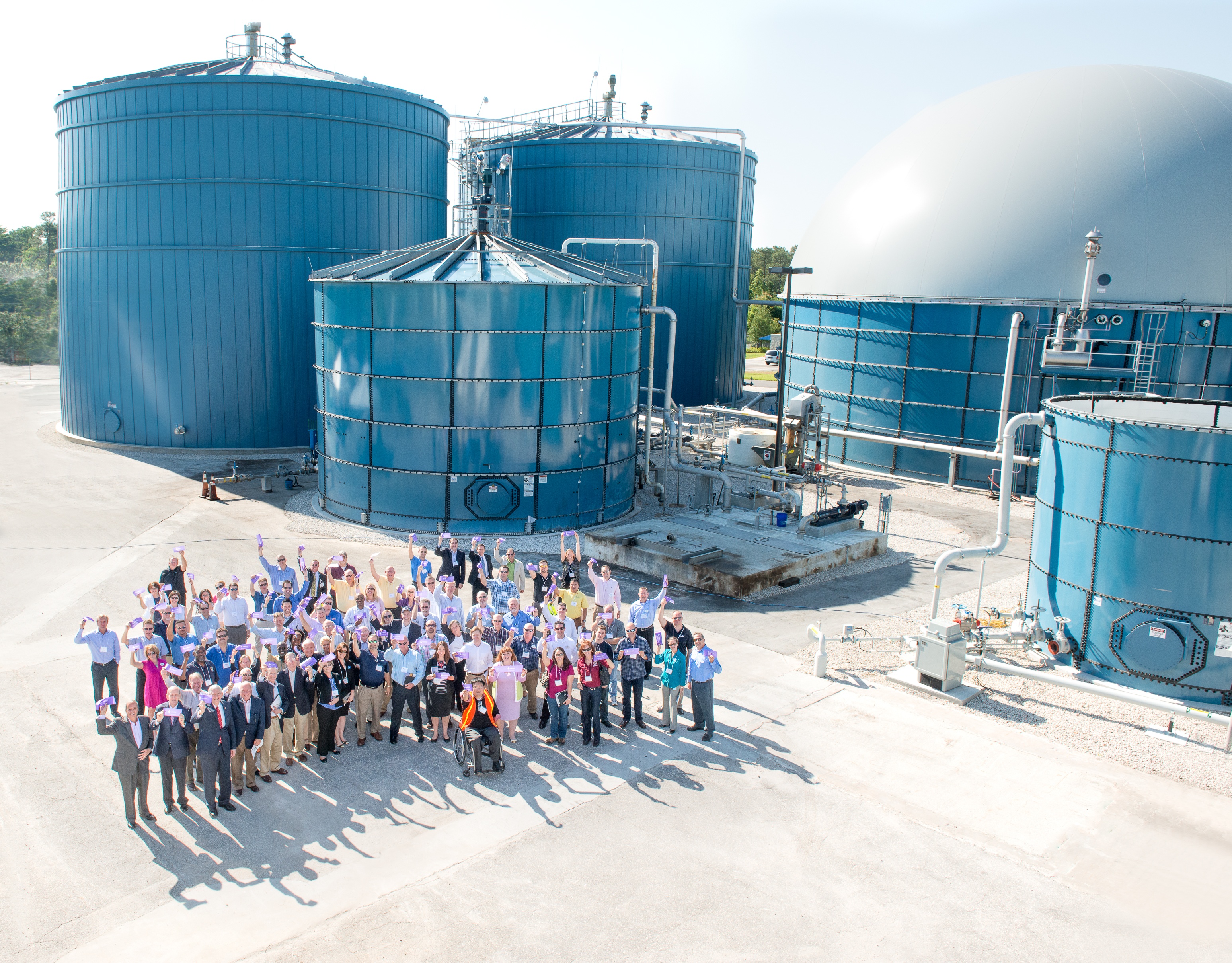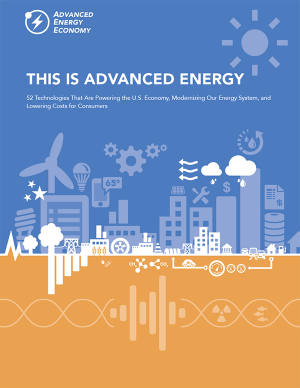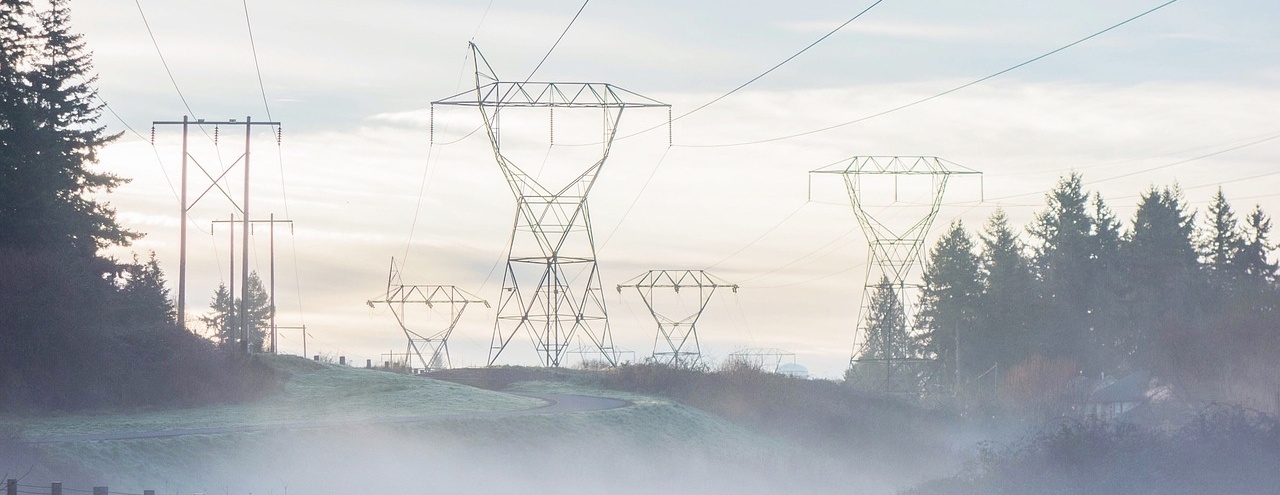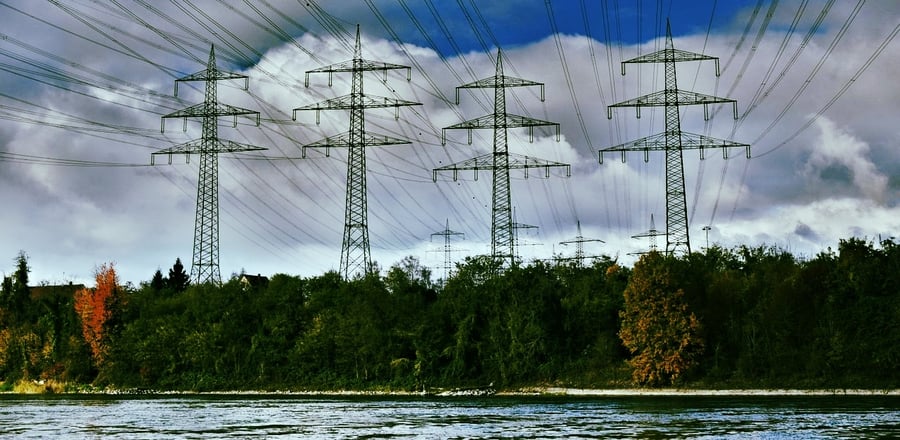This post is one in a series featuring the complete slate of advanced energy technologies outlined in the report This Is Advanced Energy.
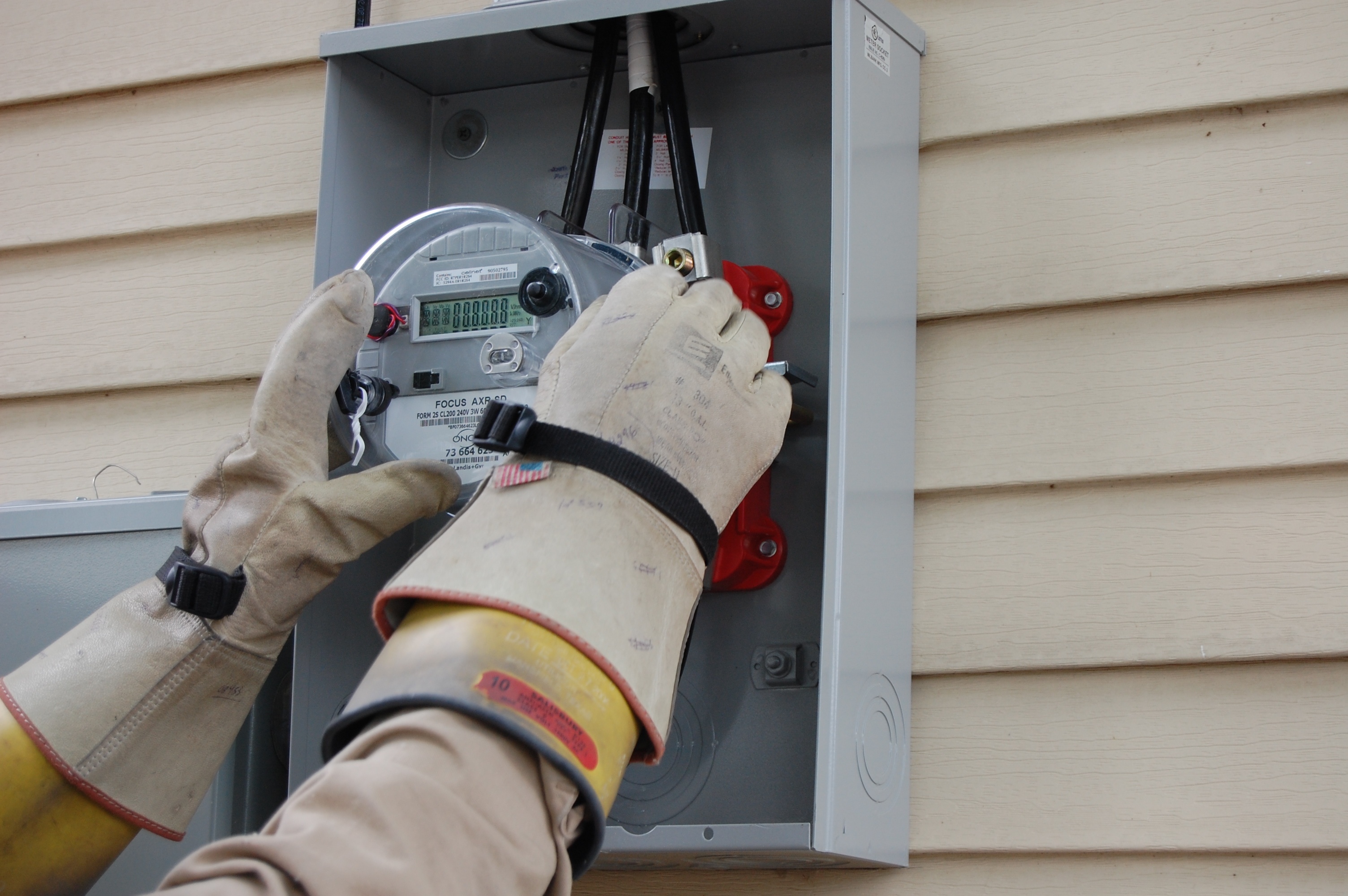
Image courtesy of AEE member Landis+Gyr.
Advanced metering infrastructure (AMI) is an integrated system of smart meters, communications networks, and data management systems that enables two-way communication between utilities and customers. While traditional meters that are read monthly, smart meters record electricity in intervals of an hour or less (typically 15 minutes), and transmit this information along with data on power outages and power quality to utilities for monitoring and billing purposes, usually over a secure communication network. Two-way communication with smart meters allows utilities to relay detailed energy usage and pricing information back to the customer, enabling active energy management. AMI is part of the broader “smart grid” that is enabling more efficient and reliable operation of the grid and facilitating the deployment of new products and services such as smart appliances and thermostats, in-home displays, and energy management systems.
